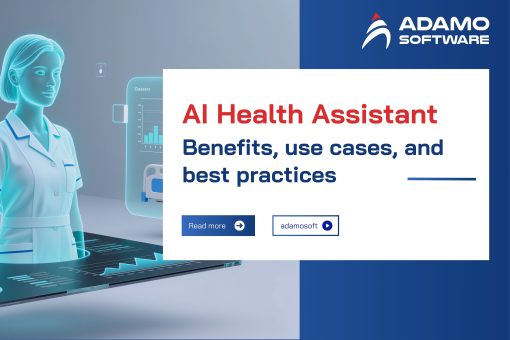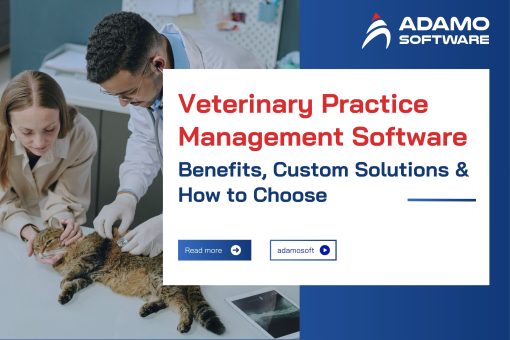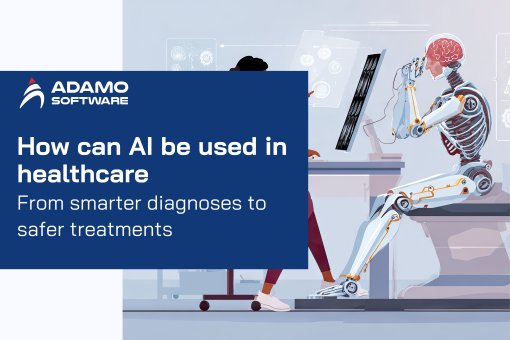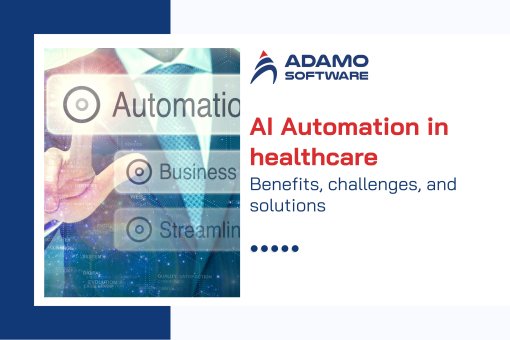Advantages of Remote Patient Monitoring: Costs breakdown included
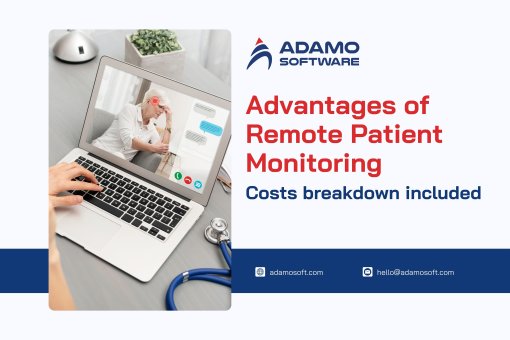
In the past, patients with chronic conditions struggled with frequent hospital visits. Today, patients can receive care from home with remote patient monitoring (RPM) software. Remote patient monitoring is a revolutionary way of providing care. It provides real-time insights into the patient’s current health condition. It also empowers healthcare providers to remotely manage patients requiring chronic, post-hospital, or geriatric care.
However, developing an RPM system, including technical and non-technical barriers, can be challenging. In this article, we explore this topic and consider the advantages of remote patient monitoring and the challenges and costs of developing this platform.
I. 15 Significant advantages of Remote Patient Monitoring
Remote patient monitoring plays a vital role in enhancing healthcare outcomes and boosting revenue. So, what is remote patient monitoring? Remote patient monitoring technology enhances resource allocation, expands services, reduces costs, and enables data-driven decisions.
Here are 15 of the most prominent benefits of remote patient monitoring for healthcare providers.

1. The Convenience of Providing Care at Home
In the wake of the COVID-19 pandemic, the opportunity to receive hospital-quality care at home has changed the nature of patient care. This shift highlights the advantages of remote patient monitoring, especially for those with complex chronic conditions. The ability to receive treatment and interact with clinicians at home is significantly more convenient, which can boost patient satisfaction.
In addition, many older patients with chronic conditions or who are likely to have physical disabilities may benefit from support. For these individuals, the option to forgo costly, inconvenient, and potentially impossible hospital visits in favor of home care is not only convenient but also has the potential to improve their quality of life.
Remote patient monitoring supports these individuals as a standalone virtual care management model. It is the core technology platform for hospital-at-home programs, designed to replace acute hospital care completely.
2. Proactive Care Management
Remote patient monitoring enables healthcare providers to manage patient care proactively. They can detect early signs of deterioration and intervene promptly by continuously monitoring the patient’s vital signs, such as blood pressure, heart rate, and blood sugar levels. This early intervention prevents complications and allows for personalized treatment planning, improving patient outcomes and satisfaction.
3. Reduced Healthcare Costs
Remote patient monitoring offers a promising way to cut healthcare expenses by helping to avoid hospital admissions and emergency room visits. Therefore, the advantages of remote patient monitoring allow healthcare providers to prevent and identify early signs of chronic diseases that are becoming more severe. This improves resource allocation and reduces the financial burden on patients and the healthcare system.
4. New Opportunities for Self-Management of Care
Computer literacy has historically been a barrier to telehealth. But today, it’s at an all-time high, even for seniors. According to AARP’s 2020 national study, about 77% of older Americans own a smartphone. People use multiple mobile devices like tablets or phones, and millions regularly track their activity with step trackers and other popular apps.
The top remote patient monitoring platforms feature intuitive and user-friendly interfaces that are accessible to all patients. Users can use a website or smartphone app to track their health insights daily for some patients, which supports higher levels of engagement and participation than more traditional in-person care models.
However, some people will need help with using technology, no matter how user-friendly. Fortunately, new devices like mobile-enabled blood pressure monitors offer an option that works without a smartphone, tablet, or other device. This could extend the potential benefits of remote patient monitoring to patients who have yet to embrace advances in mobile technology.
5. Optimal Resource Allocation
The advantages of patient monitoring enable healthcare providers to use real-time patient data. This improves resource allocation and prioritizes high-risk patients. This targeted approach also enhances efficiency and reduces unnecessary resource use, ultimately improving the quality of care provided.
6. Better monitoring and communication
Remote monitoring devices offer significant benefits for patients who are already heavily involved in their care and treatment. One of the key advantages of remote patient monitoring is the opportunity to communicate with their care team about important concerns at almost any time. Patients are likely to receive more support and education for a successful outcome.
This benefit also extends to those not previously involved in their care journey. Patients with a streamlined communication channel with their caregivers are more empowered to take ownership of their health. This enables them to develop greater control over their treatment plans.
7. Data-Driven Insights
The advantages of remote patient monitoring include the ability to gather critical patient data, enabling healthcare providers to improve care plans and make more informed decisions. Providers can analyze aggregated data to identify trends, develop evidence-based practices, and improve population health management. This data-focused method helps improve clinical outcomes, create more effective care plans, and support ongoing quality enhancements.
8. Better support for patients with chronic conditions
According to the National Center for Chronic Disease Prevention and Health Promotion (NCCDPHP), heart disease and stroke account for one-third of all deaths in the United States each year. Yet, in addition to their deadly consequences, treating these chronic conditions is complex.
Indeed, chronic conditions often require intensive therapy, or extended hospital stays to treat. The advantages of remote patient monitoring include reducing the need for frequent doctor visits and streamlining care plans. This approach can boost patients’ confidence in their treatment. Regular communication with providers and the ability to monitor their health can also foster a sense of empowerment and hope.
9. Better patient-provider relationships
Remote patient monitoring systems provide patients with better communication with their doctors, nurses, and care teams. Given chronic care’s stresses and challenges, that connection comforts patients dealing with complex conditions. It also helps engage them more effectively in their care, increasing the potential for positive outcomes.
10. Greater Access to Healthcare in Rural Communities
One of the most fundamental advantages of remote patient monitoring is the driving force behind the U.S. government’s health equity campaign, which seeks to expand access to telehealth into rural areas. This has the potential to bring quality healthcare to remote communities.
Remote patient monitoring (RPM) devices, such as blood pressure monitors and scales, help extend clinical care into the home. Additionally, telehealth technology enables real-time connections between patients and clinicians, even in areas with limited or no cellular service. For many patients, it is a convenient way to access care and often one of the only viable options.
11. Regulatory Compliance
Remote patient monitoring (RPM) devices, such as blood pressure monitors and scales, help extend clinical care into the home. Additionally, telehealth technology enables real-time connections between patients and clinicians, even in areas with limited or no cellular service. For many patients, it is a convenient way to access care and often one of the only viable options.
12. Better access to specialist care
The advantages of remote patient monitoring extend beyond improving access to primary care in underserved areas. It also enables patients to connect with specialists in different regions of the country. Many rural communities face shortages of healthcare professionals like cardiologists or pulmonologists. In such cases, improved access can greatly benefit patients with chronic diseases and other complex health conditions.
13. Positive Impact on Mental Health
The primary benefit of remote patient monitoring is the comfort and engagement it creates, the satisfaction, and the positive outcomes that often come with it. If patients at the highest risk know that dedicated clinicians continuously monitor their condition, they can rest a little easier.
That peace of mind is a source of comfort and encouragement and can also support a patient’s mental health. This benefit can help combat the risk of common mental health comorbidities such as anxiety and depression, both of which are chronic conditions. For example, the American Heart Association has found that the successful adoption of remote patient monitoring correlates with lower patient blood pressure than more traditional care models.
14. Optimized healthcare costs
Cost is often a top consideration when accessing health care and treating chronic conditions. Financial concerns are the biggest concern for many patients and can even be a barrier to getting the right care. CMS codes for remote patient monitoring and RPM-adjacent care models help ensure that chronic care costs are covered by insurance (up to 80% after deductible).
Remote patient monitoring (RPM) can function as a standalone care model or support a home hospital system. It also complements additional care models for patients with chronic conditions. RPM provides high-quality care while saving patients gas expenses and reducing wasted travel time. Many patients worry about the high costs of hospital or emergency room visits. This makes the affordable and convenient care provided by RPM even more appealing.
15. Higher Quality of Care
The benefits of remote patient monitoring include the ability to track essential patient data. This gives providers a better understanding of each patient’s condition at any given time.
The focus on timely and proactive care is also evident in other modern care models that utilize RPM technology. For example, the CPT code for primary care management—a care model often utilizing RPM—specifically includes “regular adjustments in medication regimens.”
When providers are better informed, their patients can experience higher-quality care. For chronic care patients who require ongoing treatment, having multiple clinicians regularly, informed, and prepared healthcare professionals can support them more effectively throughout their care journey.
II. Challenges of using RPM system
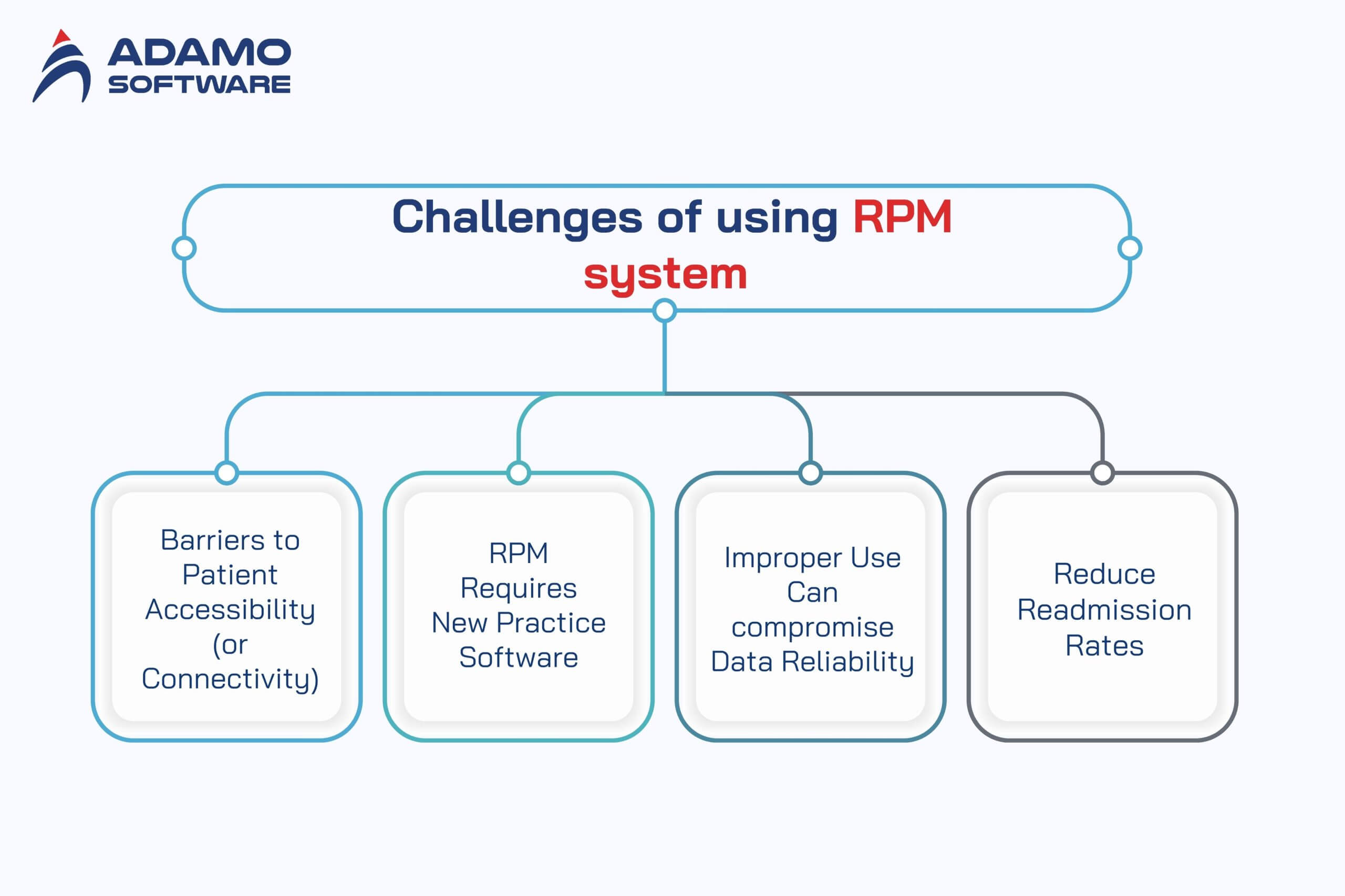
1. Barriers to Patient Accessibility (or Connectivity)
While there are many advantages of remote patient monitoring, there are also many disadvantages. So, what is one disadvantage of remote patient monitoring? In short, it is “connectivity.”
The nature of remote patient monitoring devices is that they require a reliable Internet connection to function. Therefore, remote patient monitoring is less effective if that data is only generated or not continuously generated and shared with the provider.
While this is not a major issue for mobile RPM devices, a device that operates entirely on Wi-Fi can pose a challenge for those in areas with poor or no Internet connectivity.
2. RPM Requires New Practice Software
Implementing remote patient monitoring devices at the practice level for all patients is more complex than using an Apple Watch. Once data is generated from these patient monitoring tools, it needs to be collected, routed, stored, and easily retrieved for providers to use daily. This has led healthcare organizations to adopt entirely new software systems for remote patient monitoring.
3. Improper Use Can compromise Data Reliability
Although remote patient monitoring devices are highly sophisticated and backed by advanced technology, they are tools. Therefore, users can use the tools incorrectly and not achieve the desired results.
Patients need to be educated about the benefits of remote patient monitoring and how to use them properly. Otherwise, they may need to collect better-quality data, leading to accurate results.
4. Reduce Readmission Rates
As mentioned, remote patient monitoring devices have been instrumental in reducing readmission rates in chronic care patients. However, they are not a perfect solution. If patients do not use the devices properly or physicians do not make decisions based on accurate information, it can lead to delayed readmissions when patients need them most.
III. Estimated RPM costs breakdown
The cost of developing remote patient monitoring software varies and doesn’t follow a set formula. Cost is a combination of project scope, complexity, regulatory requirements, and device integration, which impacts your technology investment.
Starting with an MVP (Minimum Viable Product) allows you to test your product concept early and gather valuable user feedback. Expanding beyond the MVP will require a team of experts, including business analysts, QA professionals, and designers, with these costs outlined in a separate proposal.
Below are rough estimates for a remote patient monitoring platform. These estimates are based on an average hourly rate of $50/hour.
| Features | Approximate time (hours) | Approximate cost ($) |
| Mobile (Patient-Focused) | ||
| Project setup | 111 | 5,566 |
| Authentication/Registration | 63 | 3,128 |
| Profile management | 61 | 3,030 |
| Manual data entry | 42 | 2,121 |
| List of clinicians | 18 | 909 |
| Cliicians profile | 15 | 758 |
| Device integration | 64 | 3,182 |
| Patient dashboard | 36 | 1,818 |
| Push notifications | 36 | 1,780 |
| Messaging | 73 | 3,636 |
| Compliance and security | 76 | 3,795 |
| Deployment and integration | 67 | 3,333 |
| Basic analytics | 45 | 2,235 |
| Web (Clinician-Focused) | ||
| Project setup | 61 | 3,036 |
| Authentication/Registration | 57 | 2,825 |
| Profile management | 31 | 1,568 |
| Clinician dashboard | 97 | 4,848 |
| List of patients | 18 | 909 |
| Patient profile management | 61 | 3,030 |
| Notifications | 18 | 909 |
| Messaging | 27 | 1,364 |
| Reports | 109 | 5,454 |
| Compliance and security | 63 | 3,163 |
| Deployment and integration | 121 | 6,060 |
| General | ||
| Admin panel | 100 | 5,000 |
| Design | 170 | 8,500 |
| Product discovery | 120 | 6,000 |
| Total | 1,759 | 87,950 |
Remember that our estimates only focus on the development costs of a minimum viable product. By building an MVP, you can validate your product concept early and gather valuable user feedback needed for full development. However, expanding beyond MVP will require an additional team of experts, including business analysts, QA experts, and designers. These costs are included in a separate proposal.
In addition to the above factors, the location of your development team also affects the development cost. If you hire an IT outsourcing development team in Asian countries, especially Vietnam, the price will be much lower.
IV. Why choose Adamo Software to develop your custom Remote Patient Monitoring software
When you choose Adamo Software to develop your custom Remote Patient Monitoring (RPM) software, you work with a team that truly cares about your needs. We specialize in creating tailored solutions that are tailored to your goals. Our extensive experience in healthcare technology ensures that your RPM software meets regulatory standards and integrates seamlessly with existing systems. We focus on making the software intuitive and easy to use, providing more effective care for healthcare providers and patients.

In addition to development, we are committed to ongoing support, ensuring your software runs smoothly and evolves as your needs grow. We work within your budget to create scalable solutions that deliver long-term value. By partnering with us, you gain a trusted healthcare solutions partner with proven experience in healthcare projects. Let’s contact us to have development services to bring your vision to life.







